Can Exercise help treat women with postpartum depression?
According to several studies, exercise has been proven as an effective method of treating and preventing depression. Some studies suggest that physical activity may be as powerful as anti-depressants for treating mild to moderate depression over time. The same is true for women experiencing mild to moderate postpartum depression. It’s important to note that there are different levels of postpartum depression and screening is available through hospitals and doctors’ offices if PPD is suspected. Both the Edinburgh Postnatal depression scale questionnaire and a PAR-Q medical history questionnaire will help give insight to healthcare practitioner and patient on treatment methods.



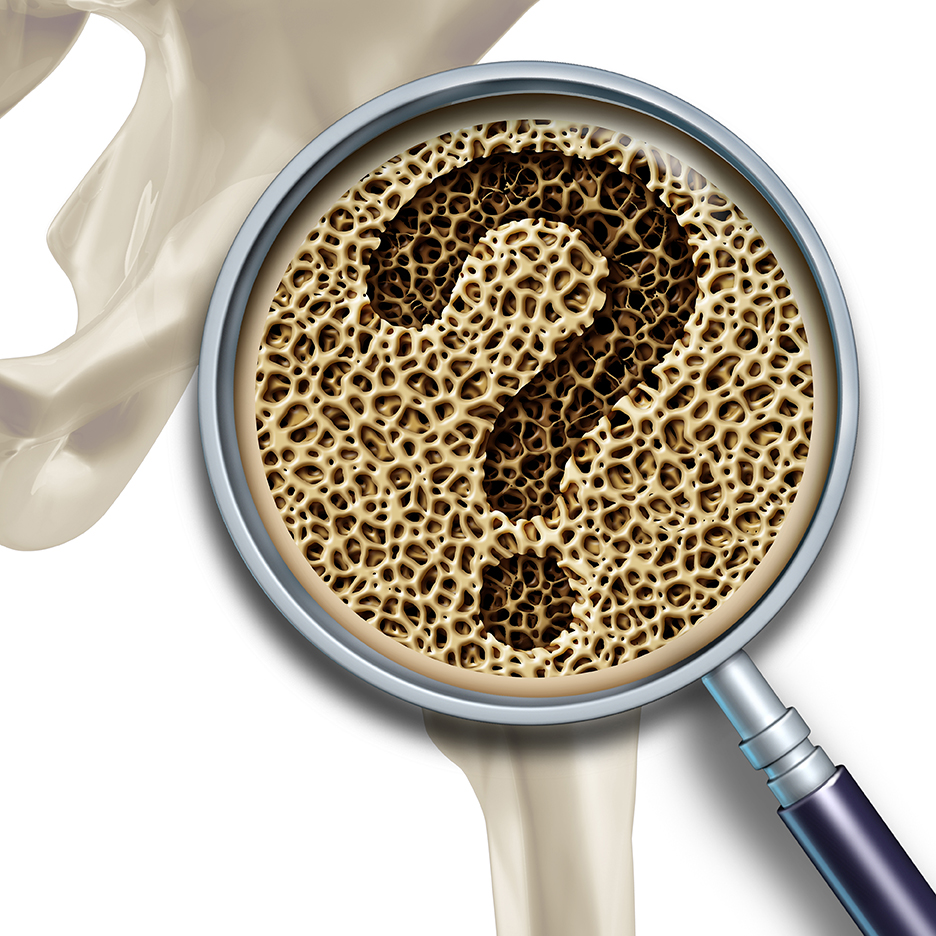
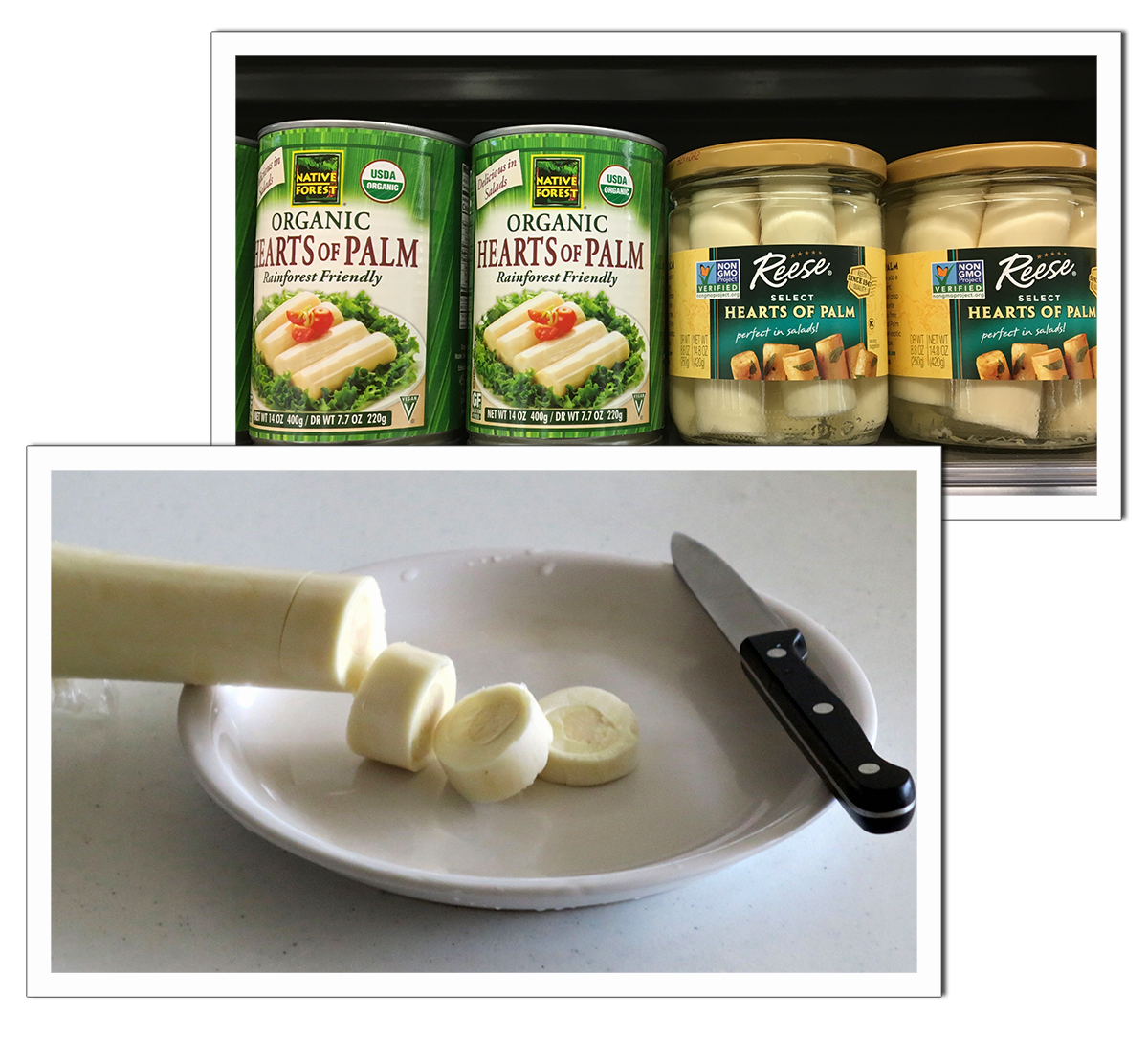


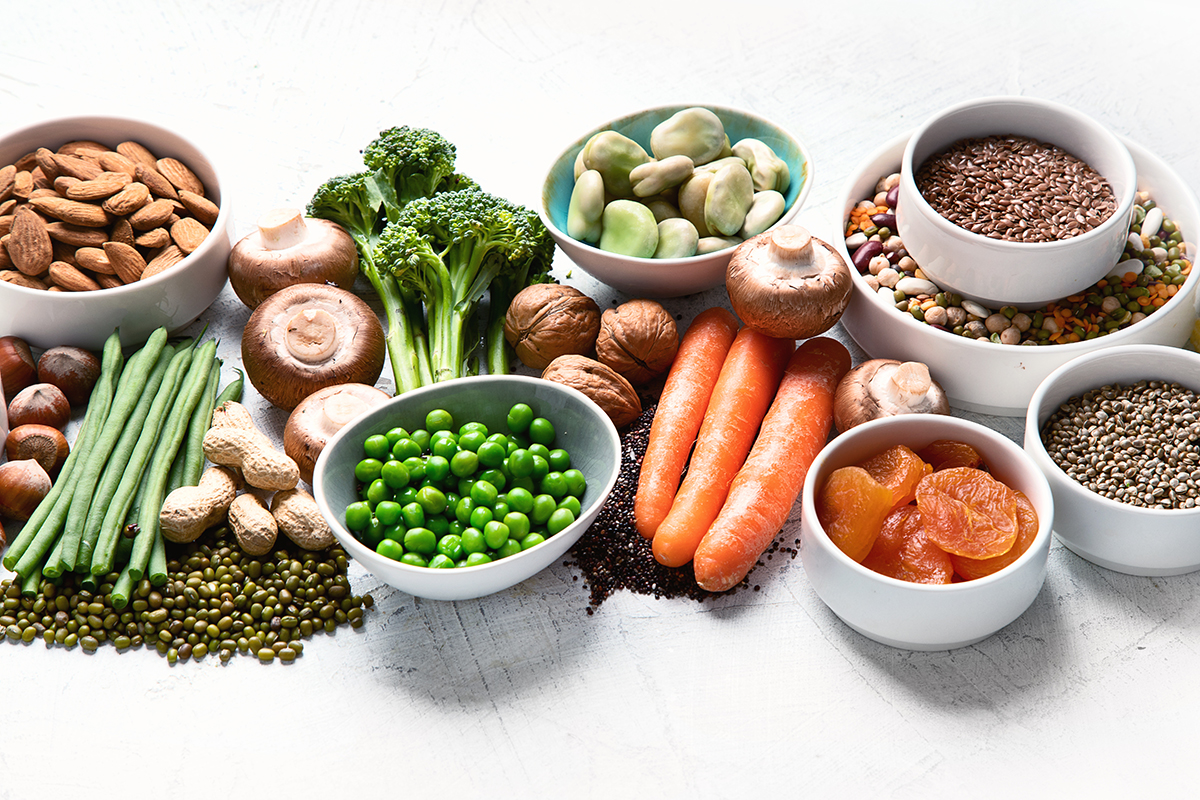


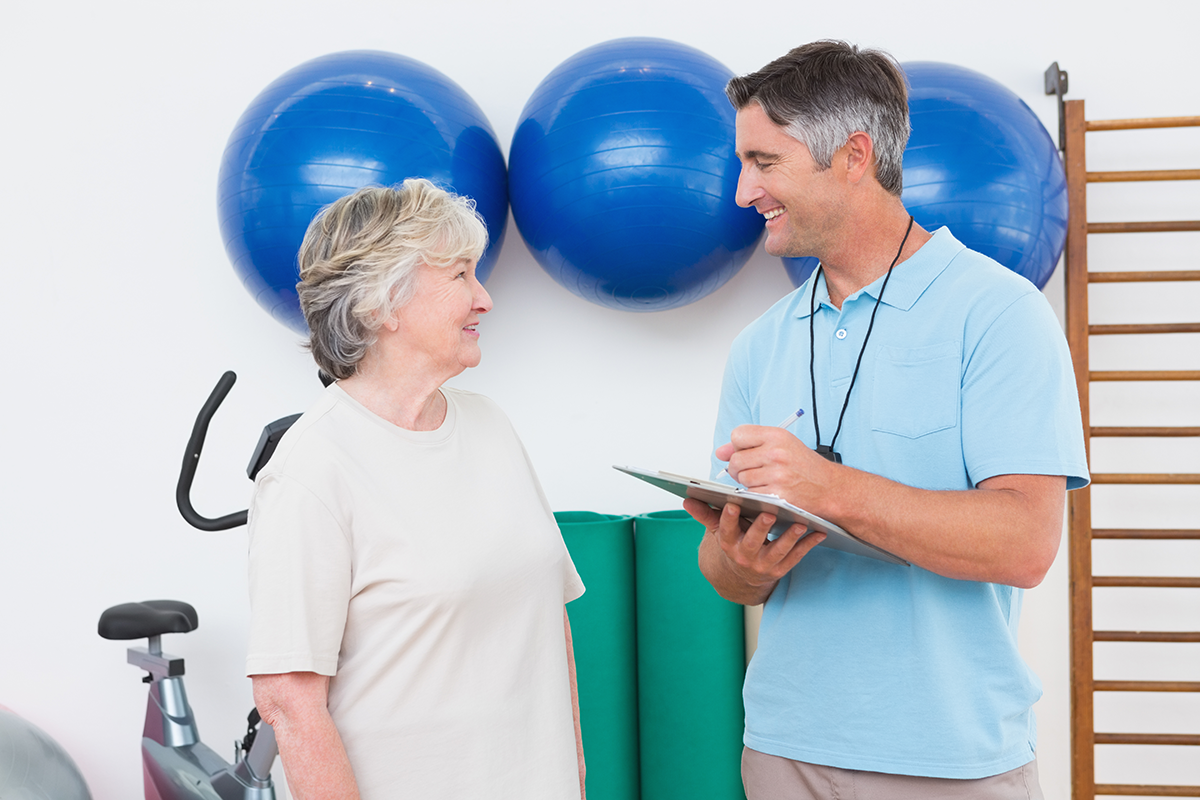
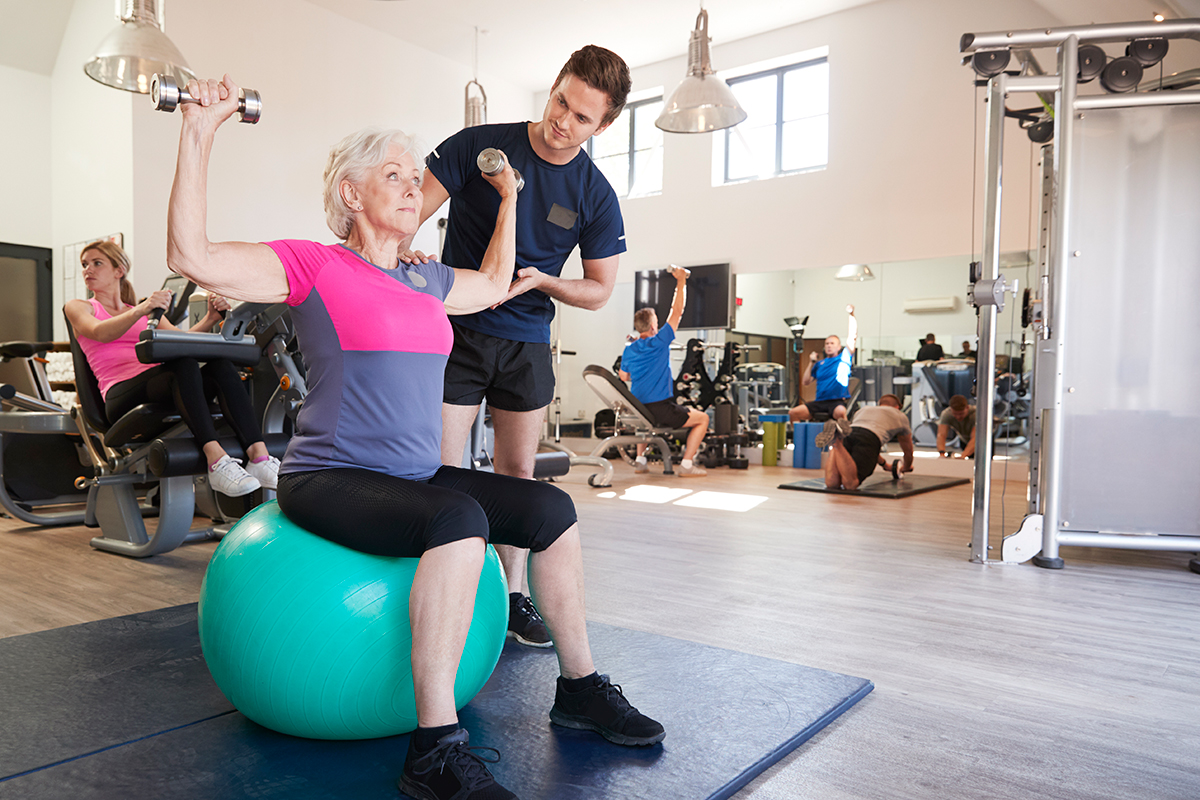
 However, many trainers fall in love working with these clients, whether they are a
However, many trainers fall in love working with these clients, whether they are a 